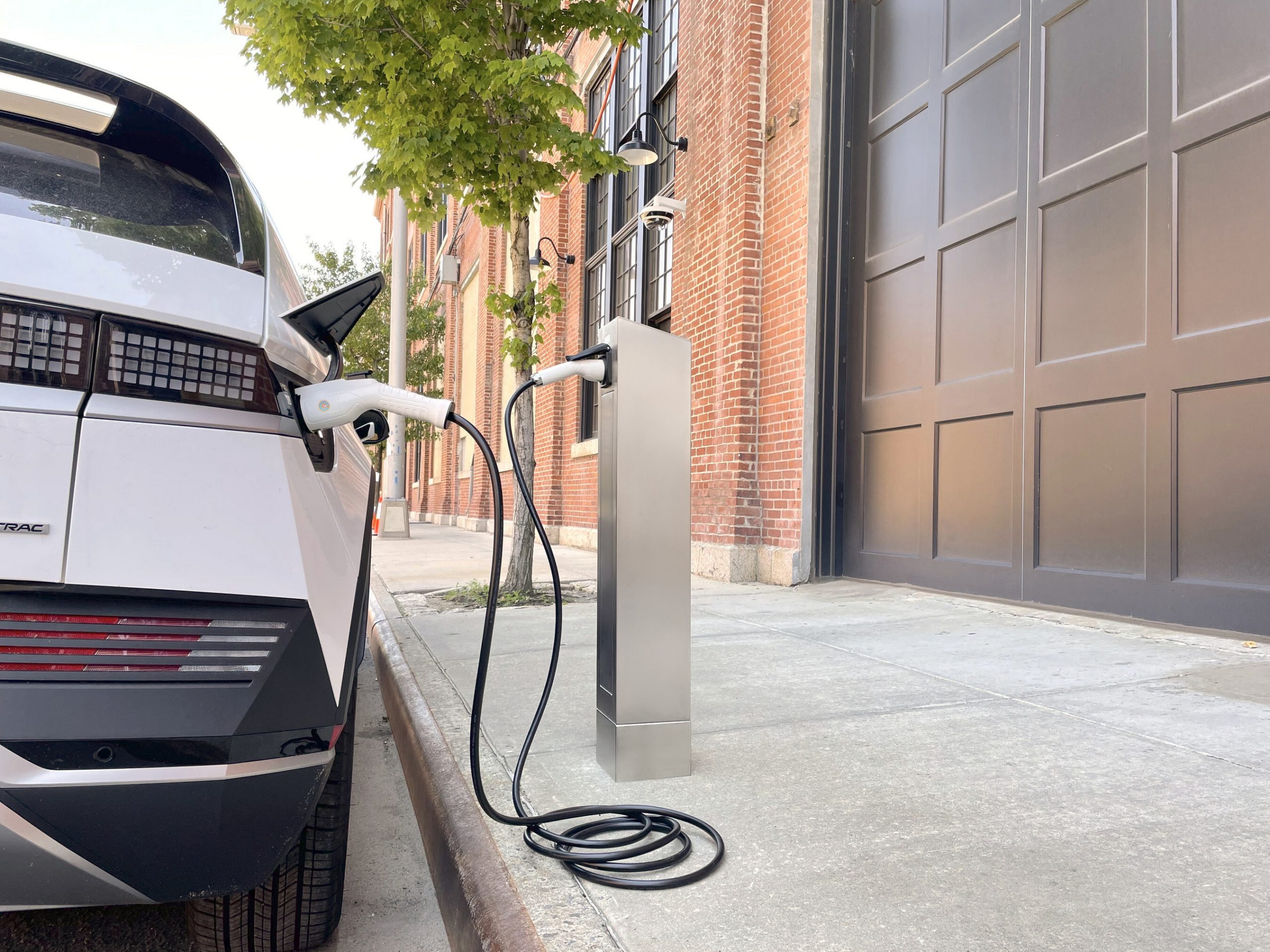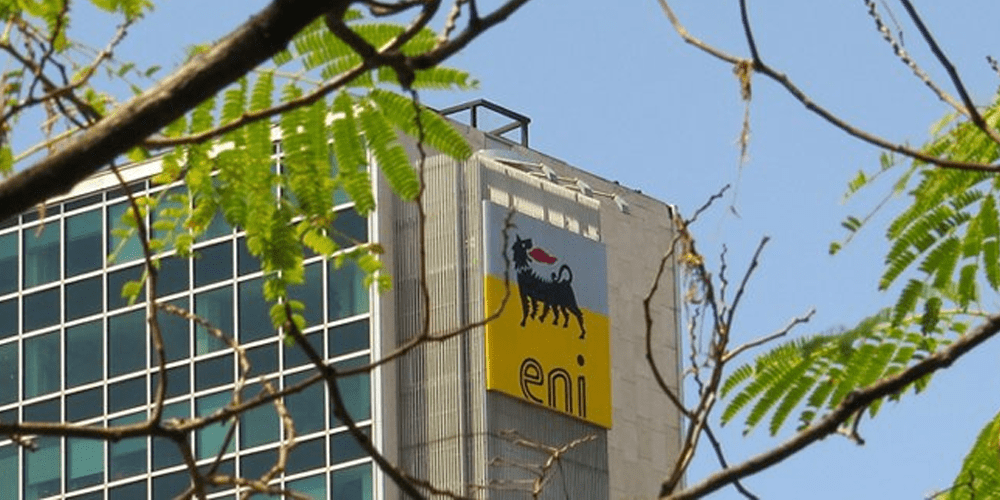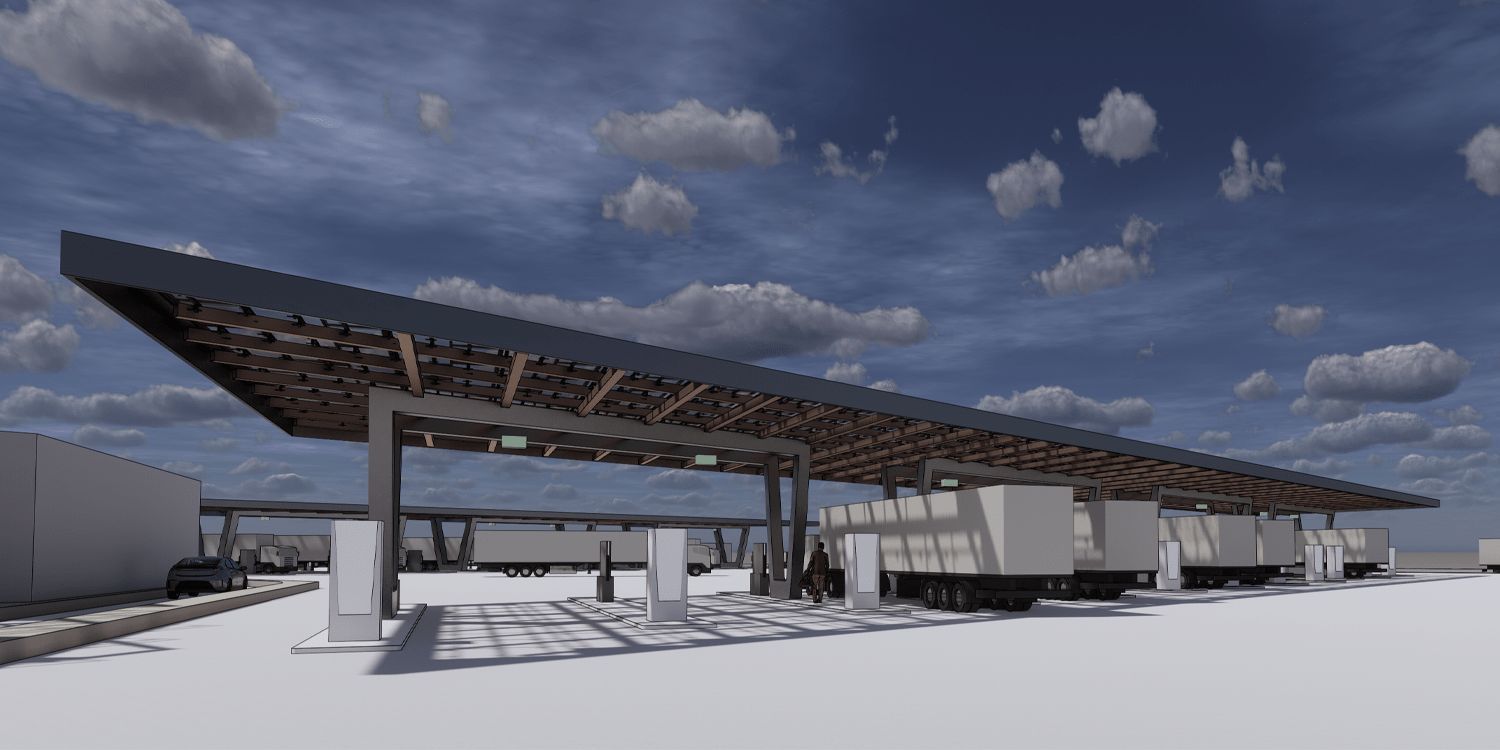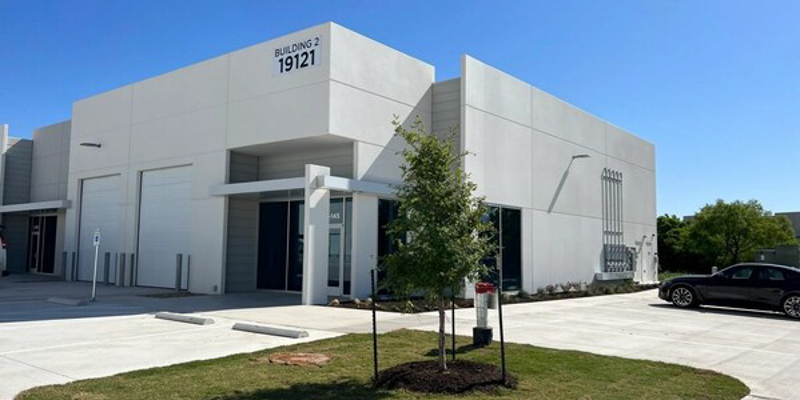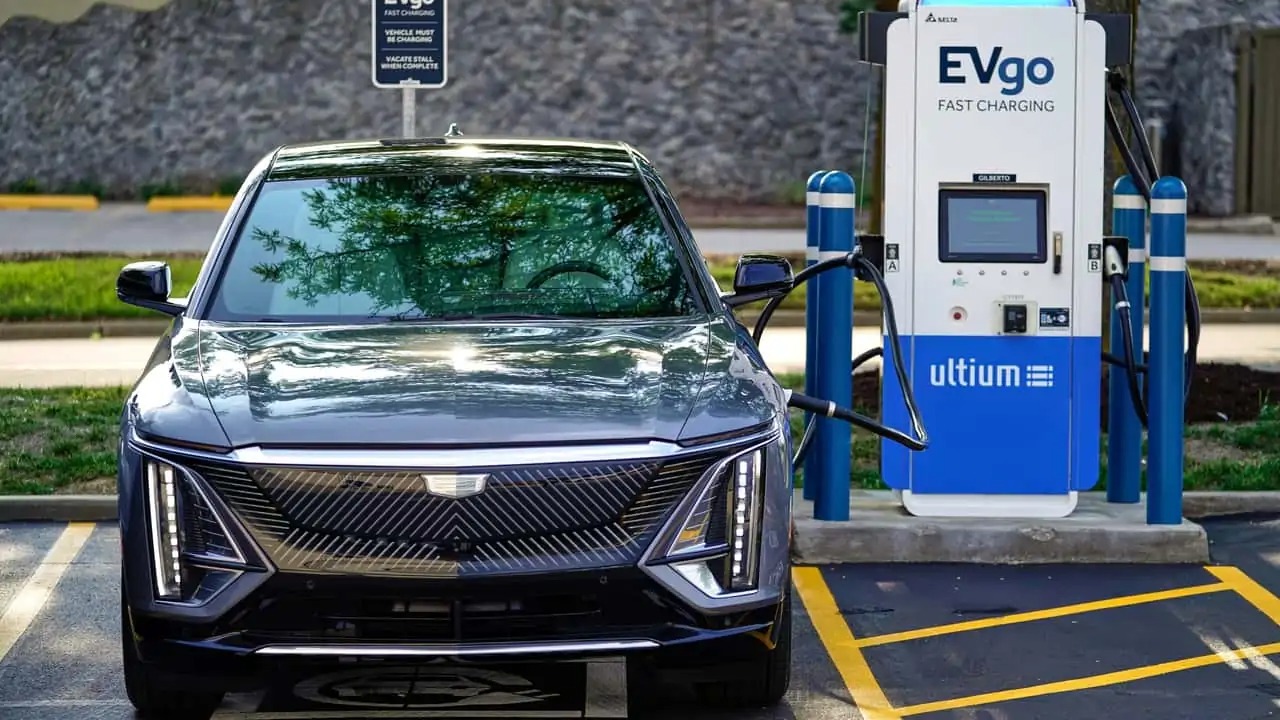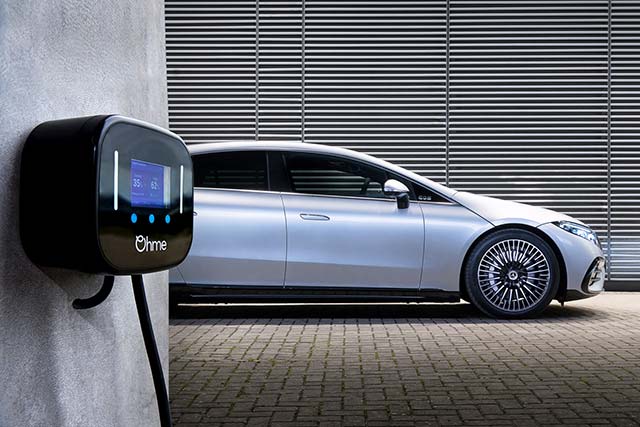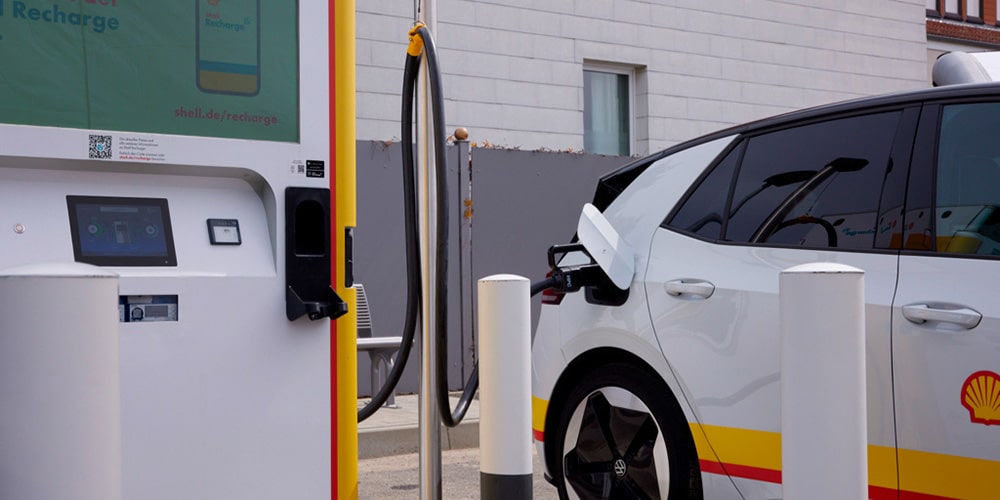As tourists flocked to American roads during the July 4 weekend, an estimated 43.2 million people embarked on road trips, marking 14 percent of the country’s population, according to projections by the American Automobile Association (AAA). Amidst this surge in travel, an interesting question arises: Could these vacationers have made their summer road trips in electric vehicles (EVs)?
JD Power, a market research firm, highlights that the feasibility of such road trips in EVs depends on the route chosen due to varying charger frequency across different states. While states like California boast an average distance of just 10 miles between charging stations, others like Nebraska present a significantly higher average of 465 miles between stations. This disparity exceeds the EPA-estimated range figures of most EVs currently on the market.
For those considering EV road trips, it’s crucial to consider the driving range of the vehicle. Some EVs stand out for their impressive driving range on the EPA cycle, such as the Lucid Air Dream Edition (19-inch wheels) with a range of 520 miles, the Tesla Model S dual motor all-wheel drive with 405 miles, and the Mercedes EQS 450+ with a range of 350 miles, among others.
Rural Western states, including Colorado, Arizona, Wyoming, Utah, New Mexico, Idaho, and Nevada, attract numerous summer road trippers. However, JD Power’s EV Index data reveals that these states have inadequate EV charging infrastructure. Among them, Colorado possesses a relatively better cluster of chargers, while Idaho lags behind in charging availability.
Charger shortages pose challenges on certain routes. For example, the 270-mile stretch between Salt Lake City and Zion National Park faces a scarcity of EV chargers, as noted by JD Power. While Google Maps data indicates the presence of 21 chargers along this route, including Tesla Superchargers and other charging station networks, issues like out-of-order ports at some Electrify America and Charge Point stations may lead to driver frustration and potentially longer wait times.
In 2017, the National Association of State Energy Officials signed an agreement to ensure chargers were available every 50-100 miles and within 0.5 miles of every interchange or exit along major western transportation corridors. However, JD Power’s recent data suggests that there is still significant progress to be made before chargers become easily accessible and abundant along these routes. As the popularity of EVs grows, addressing these charging challenges will become crucial for promoting widespread adoption of electric vehicles and enabling hassle-free travel experiences for road trippers.

